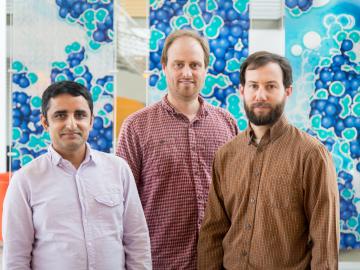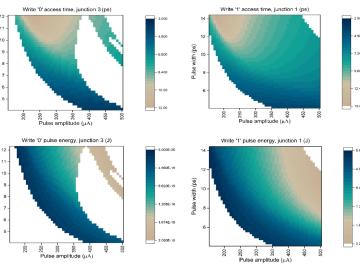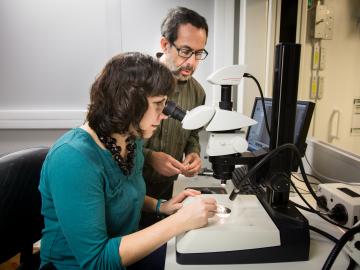
Updated software improves slicing for large-format 3D printing
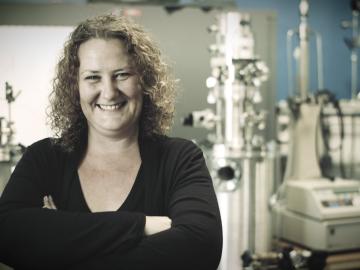
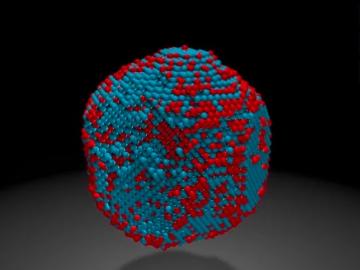
Barely wider than a strand of human DNA, magnetic nanoparticles—such as those made from iron and platinum atoms—are promising materials for next-generation recording and storage devices like hard drives. Building these devices from nanoparticles should increase storage capaci...
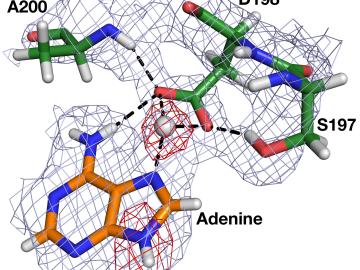
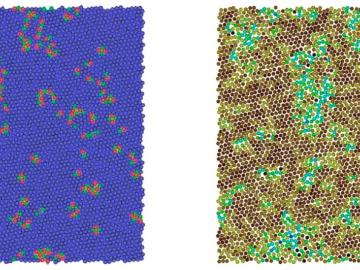
Snow falls in winter and melts in spring, but what drives the phase change in between?
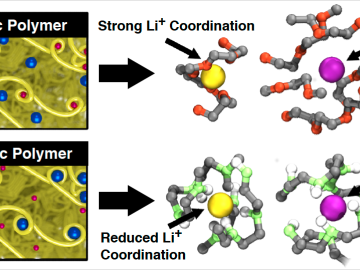
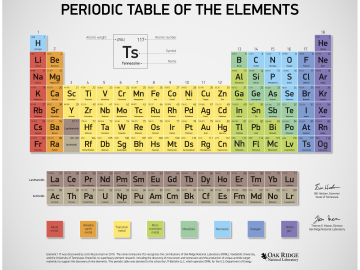

Supercomputers like Oak Ridge National Laboratory’s Titan are advancing science at a frenetic pace and helping researchers make sense of data that could have easily been missed, says Ramakrishnan “Ramki” Kannan. Kannan, a computer scientist who came to ORNL in March 2016 after ...
